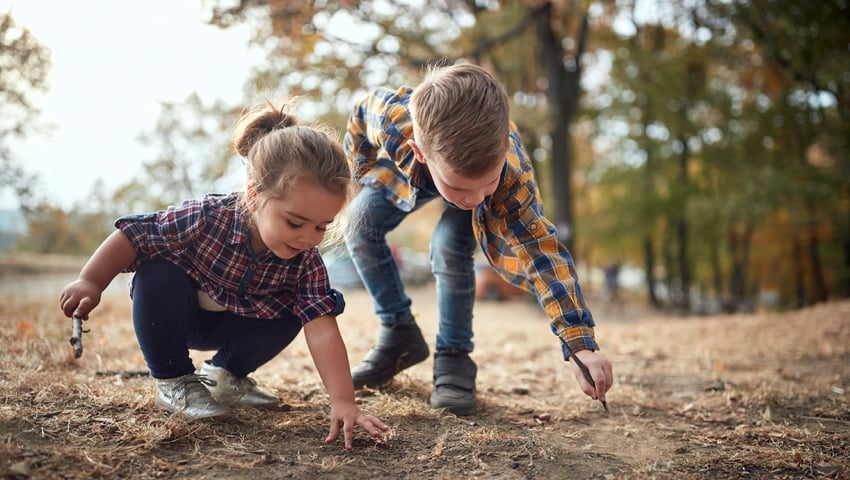A study, coordinated by the Natural Resources Institute Finland showed, for the first time, that the immune system of daycare children of three to five years improved its regulation when forest undergrowth, lawn turf and planter boxes were added to yard areas of daycare centres.
A high level of hygiene, an urban lifestyle and an insufficient contact with nature reduce diversity in the organ system’s microbes.
Homogeneity in microbes increases the risk of disorders in the immune system, such as atopy, diabetes, the coeliac disease and allergies.
Dozens of comparative studies have previously found that children who live in rural areas and are in contact with nature have a lower probability of catching an illness resulting from disorders in the immune system.
This study shows that repeated contact with nature-like elements five times a week diversified the organ system’s microbes that offer protection against diseases transmitted through the immune system in daycare children.
Aki Sinkkonen, who led the study, said, “This study of daycare children is the first in which these changes offering protection against diseases have been found when adding diversified aspects of nature to an urban environment.”
75 daycare children of three to five years were monitored for one month at ten daycare centres in Lahti and Tampere. Changes in microbes in children who attended daycare centres with green yard areas were compared with children who attended normal daycare centres (no green yard area) or nature daycare centres (no green yard area but regular field trips).
The study involved the research groups of Heikki Hyöty, professor of virology, and Juho Rajaniemi, professor of urban planning, from the University of Tampere and the research group of Tuure Kinnunen, academy research fellow, from the University of Eastern Finland. The study is part of the thesis of Marja Roslund, master of science in ecology (University of Helsinki). A scientific article of the joint study of LUKE, the University of Helsinki, the University of Tampere, the University of Eastern Finland and Charles University in Prague was published in Science Advances.
Hyöty said, “The results of this study are encouraging when looking for new opportunities for the prevention of immune system disorders. Further studies aimed to reach this goal are already underway.”
Biodiversity increases microbial diversity
During the study, forest undergrowth, lawn turf and planter boxes, in which children planted and tended crops, were added to paved, tiled and gravel-coated yard areas at daycare centres.
Contact with nature repeated five times a week during one month increased microbial diversity in children’s skin. There were also changes in blood counts. Increases in gammaproteobacteria, which strengthen the skin’s immune defence, increased the content of the multifunctional TGF-β1-cytokine in blood and reduced the content of interleukin-17A, which is connected to immune-transmitted diseases.
Sinkkonen said, “This supports the assumption that contact with nature prevents disorders in the immune system, such as autoimmune diseases and allergies.”
“We also found that the intestinal microbiota of children who received greenery was similar to the intestinal microbiota of children visiting the forest every day,” says dissertation researcher Marja Roslund from the University of Helsinki.
Based on this study and previous comparative studies, Sinkkonen said, “The yard areas of all daycare centres should be transformed into green areas, because this will improve the regulation of children’s immune system in only a month. What is more, children’s motor skills and ability to concentrate will improve, and they will have a close relationship with nature.”
Juho Rajaniemi believes that an enjoyable living environment that improves wellbeing can be built at low costs. He said, “As many functional green environments as possible should absolutely be planned in towns and cities.”
Natural microbes offer protection
When we are in contact with nature, we expose ourselves to a broad range of microbes, activating different parts of our defensive system.
To protect the natural development of the immune system, the green yard area model studied among daycare children should also be expanded to other daily activities. For example, a green yard area that attracts both children and adults can be built outside multi-storey buildings from shrubs and forest undergrowth. A decomposing pile of leaves does not need to be carried away at once, and there can also be a garden of decaying trees.
Sinkkonen said, “We should modify our daily life so that we can be in contact with nature. It would be best if children could play in puddles and everyone could dig organic soil. We could take our children out to nature five times a week to have an impact on microbes.”.
